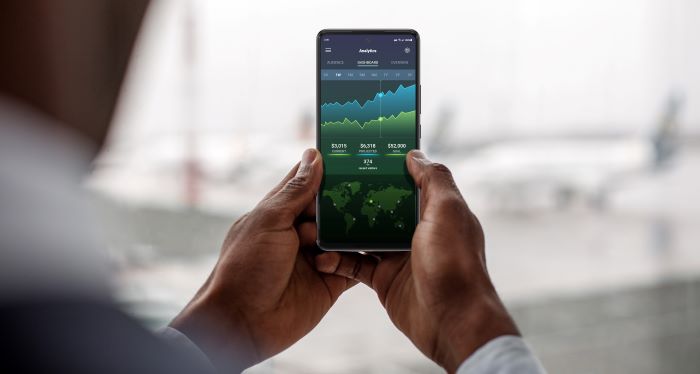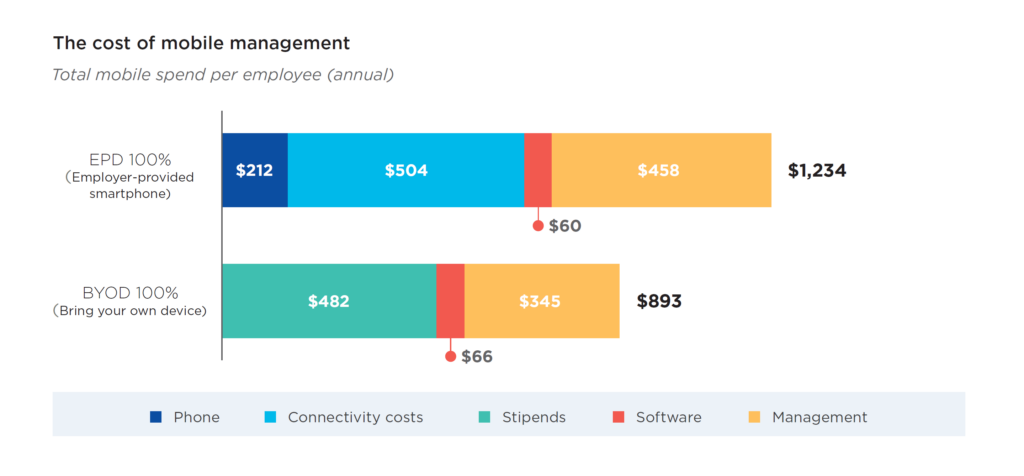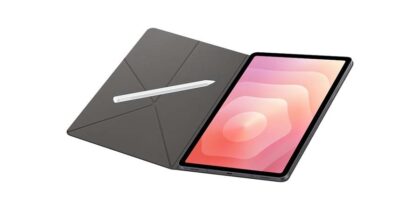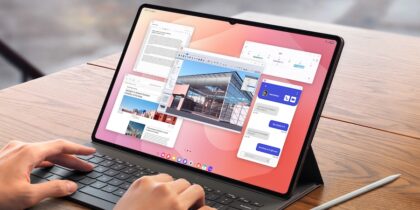When considering the investment your business makes in enabling employees to get work done on a mobile phone, it’s important to look beyond the purchase price of the device. Monthly cellular service plans, IT and administrative overheads, life cycle management expenses and software licensing costs must all be factored into your total cost calculation. For organizations adopting a Bring Your Own Device (BYOD) policy, mobile stipends paid to employees also become a significant part of the cost calculation.
How much does mobile cost per employee?
According to the 2022 Maximizing Mobile Value study, developed in partnership with Oxford Economics, the total cost of mobile enablement for a 250-employee organization is $1,234 per employee annually, inclusive of device acquisition, connectivity costs, management overheads and software. For larger enterprises, volume pricing and economies of scale help to reduce total costs. For example, a 10,000-employee organization could expect to spend an average of $800 per employee annually. Even larger organizations may see further gains in cost efficiency.
Maximize your mobile ROI
Read the full Maximizing Mobile Value report on the costs and benefits of employee mobile devices. Download Now
For a detailed analysis of your total investment in mobile phones, connectivity and management, use our mobility cost calculator to compare your expenditure with that of similarly sized organizations in your industry.
What do most businesses spend on phones?
The purchase price of the mobile phone itself is highly dependent on the model of device chosen, as well as the level of subsidy provided by the carrier as part of your mobile service plan. Businesses purchasing devices in bulk can also receive volume discounts.
According to the Maximizing Mobile Value study, the average amount spent on mobile phones per employee was $652. Some organizations may pay substantially less than this if they’re purchasing entry-level devices and receiving a subsidy from their carrier as part of the two-year mobile service plan. On the other hand, a premium device purchased unlocked and without a contract would cost more. Because of the prevalence of subsidies in the U.S. market, it’s important to look at device acquisition costs and monthly cellular connectivity costs together.
The study found that businesses replace employee smartphones every 2.5 years on average. Therefore, when calculating annual costs, it’s important to spread this investment over the full lifecycle of the device. IT decision-makers should also factor in bulk trade-in discounts when looking at mobile purchase costs over several device upgrade cycles.
What is the average cost of a mobile service plan for business?
Businesses pay significantly less than consumers per line when it comes to mobile service plans. While a consumer signing up for unlimited voice and data will likely pay in excess of $70 per month, larger businesses may be able to negotiate per-line rates of less than half that.
According to the Maximizing Mobile Value study, a 250-employee company pays on average $42 per month per line for mobile voice and data, or $504 per year. A 10,000-employee enterprise spends on average $35 per line.
It’s important to note that enterprise-level mobile service contracts will typically not be unlimited in terms of voice minutes and data. Often the carrier will offer a plan where minutes and data are pooled, and caps are set on the cumulative volume consumed by the entire group of business users. This allows mobile power-users in an organization to run through more minutes and data, as long as total usage across the enterprise remains below the cap.
How much should you provide as a mobile phone stipend?
For organizations adopting a BYOD policy, device acquisition and mobile service plans may not be part of your cost equation. However, mobile stipends — payments made to compensate employees for utilizing their personal smartphone for work — will be a significant expenditure.
The Maximizing Mobile Value survey found that BYOD organizations paid $40.20 on average as a monthly mobile stipend, or $482 per year. Nearly 98 percent of companies with a BYOD policy paid a partial or full stipend to employees.
What is the overhead cost of managing a mobile phone program?
Understanding the total cost of mobile enablement requires accounting for the in-house personnel involved, as well as any fees paid to third-party service providers for life cycle management. The in-house administration of a mobile program falls primarily on the IT department, but other teams such as legal, human resources, payroll and even executive leadership may also spend time supporting the initiative over the course of the year.
Additionally, the Maximizing Mobile Value study found that more than half of organizations outsource at least some aspects of their mobile management.
Considering both in-house and outsourced costs, the study estimated total costs for program management in a 250-employee organization to be $458 per employee annually. For a 10,000-employee enterprise, this was reduced to $157 annually, as a result of economies of scale in many aspects of mobile program management.
How much should you spend on MDM software?
Mobile device management (MDM) or enterprise mobility management (EMM) software is essential for effective IT oversight and control of a mobile phone fleet.
EMM software providers offer a range of solutions, often with several tiers of products available depending on the capabilities that the customer requires. Typically, EMM software licenses are priced on a per user, per month basis.
According to the Maximizing Mobile Value study, a business with 250 employees pays on average $60 per user annually for a basic EMM solution, equivalent to $5 per month. A larger enterprise with 10,000 employees pays on average $42 per user annually, or $3.50 per month. Organizations in regulated industries, which typically require additional security threat analytics and information protection capabilities, may spend up to 1.8 times this amount, according to the study.
Is the investment in mobile worthwhile?
Organizations are investing significant resources in enabling employees to access work from mobile phones, but the productivity gains mean the investment pays off very quickly. The Maximizing Mobile Value study found that that 63 percent of employees estimate that their smartphone saves them 30 minutes or more in work time each day. With continued technological advancements such as Samsung DeX and 5G, that number will only continue to grow.
The study also compared the benefits accrued from mobile for companies that provide phones to employees vs. those who take a Bring Your Own Device (BYOD) approach. Across a wide range of indicators, BYOD organizations lagged in terms of mobile maturity. Most worryingly, BYOD appeared to correlate to lower growth and higher employee turnover rates.
The reality is that, today, mobile is mandatory. For IT and business leaders, the question is, how effectively are you leveraging mobile devices and applications to generate a return on your investment?
Download the Maximizing Mobile Value study to see which companies reap the biggest returns in mobile, and make sure you’re leveraging the best smartphone for your business.










